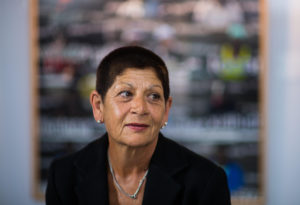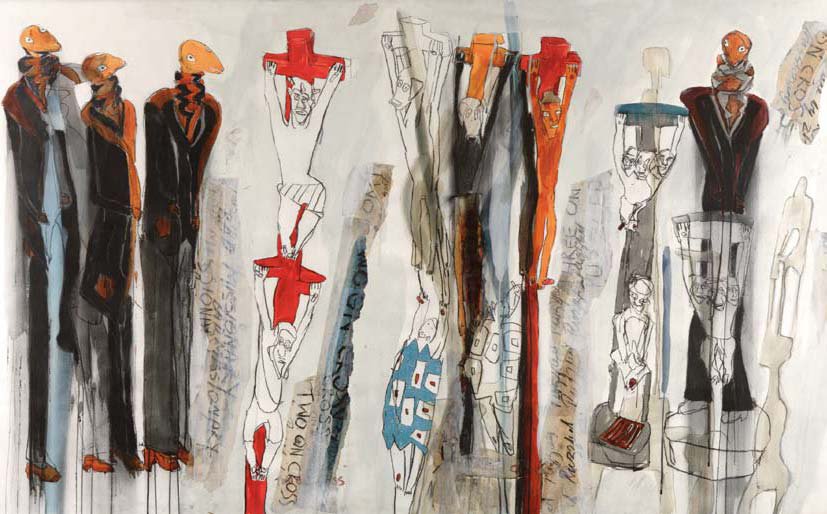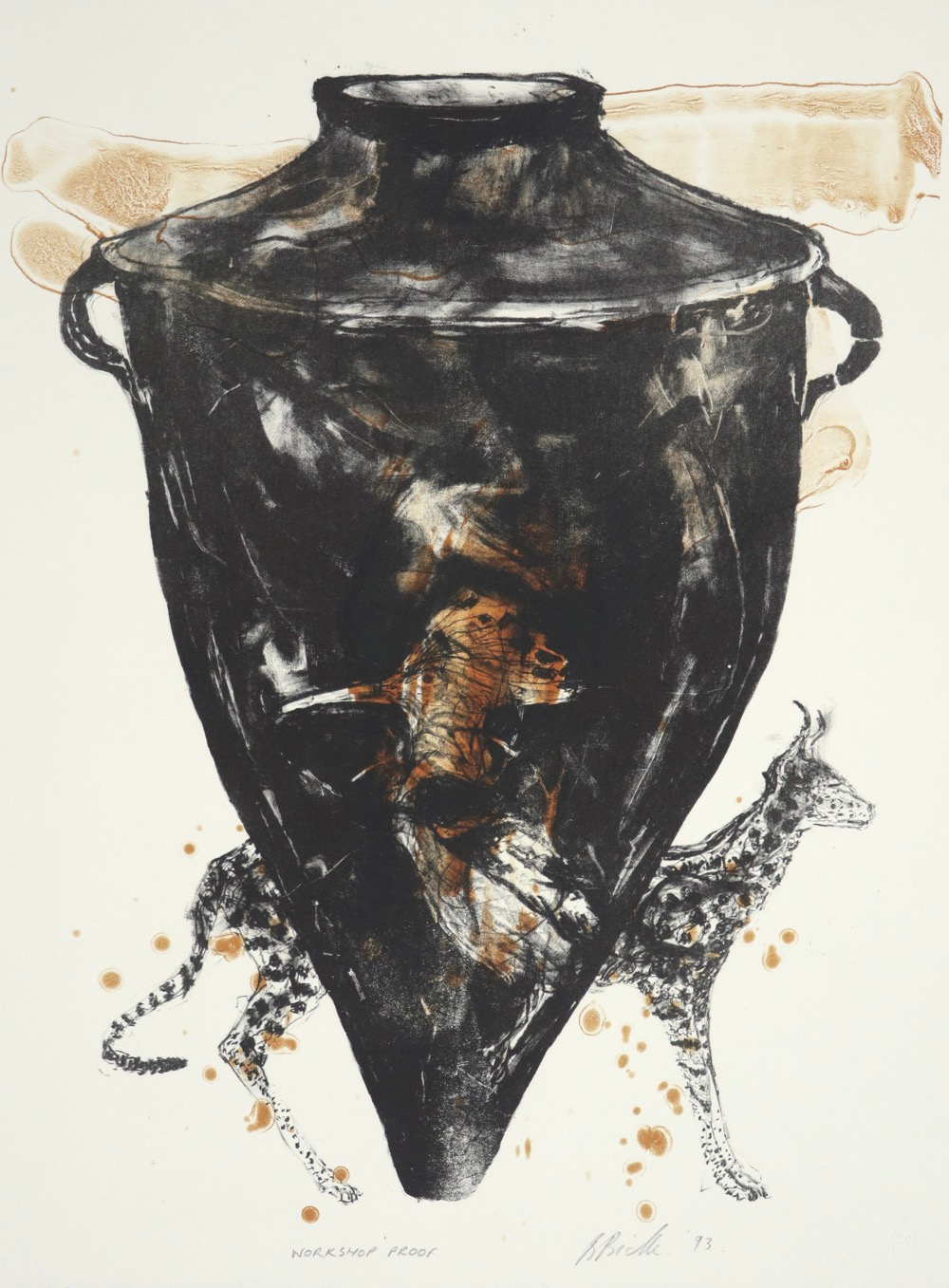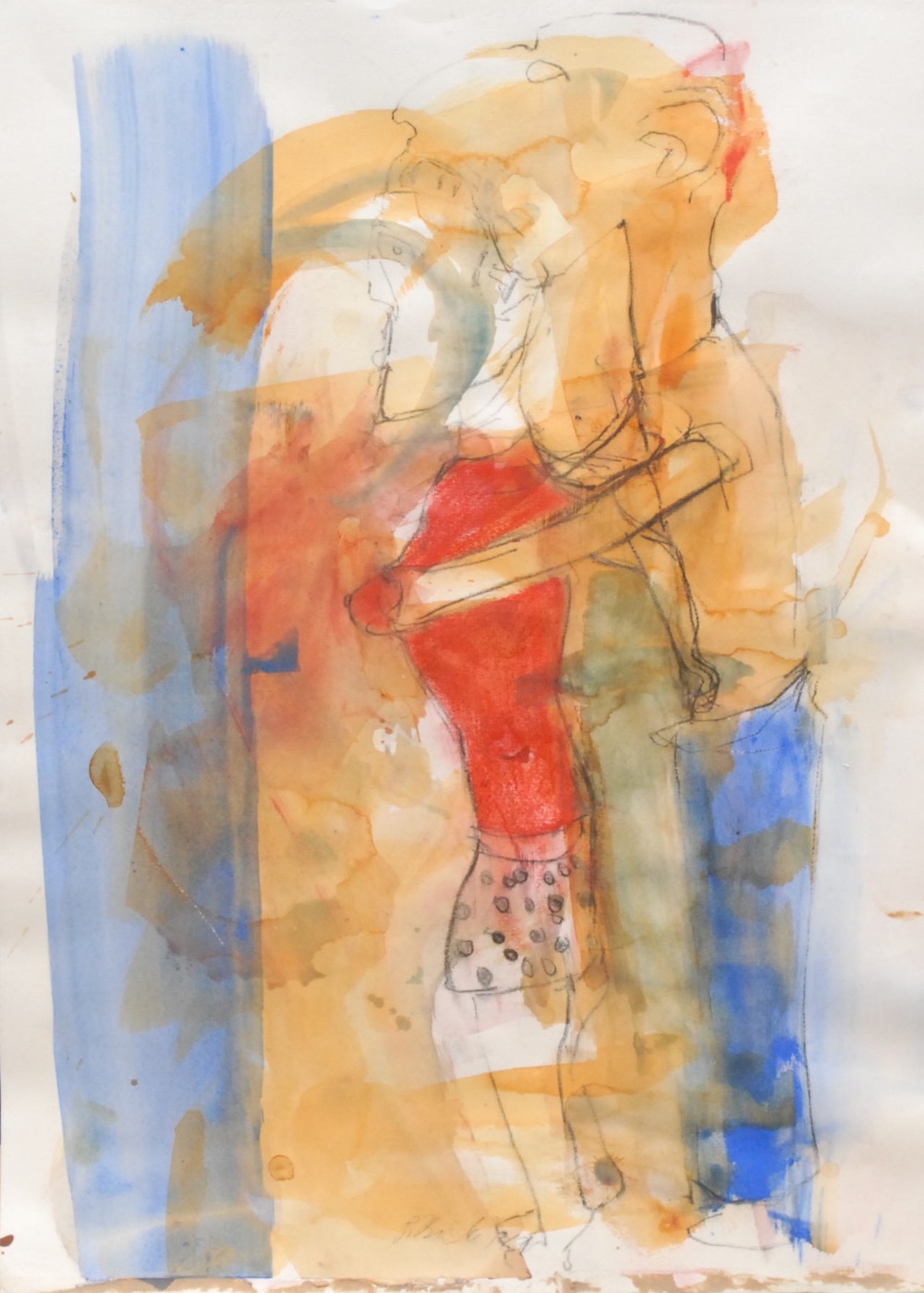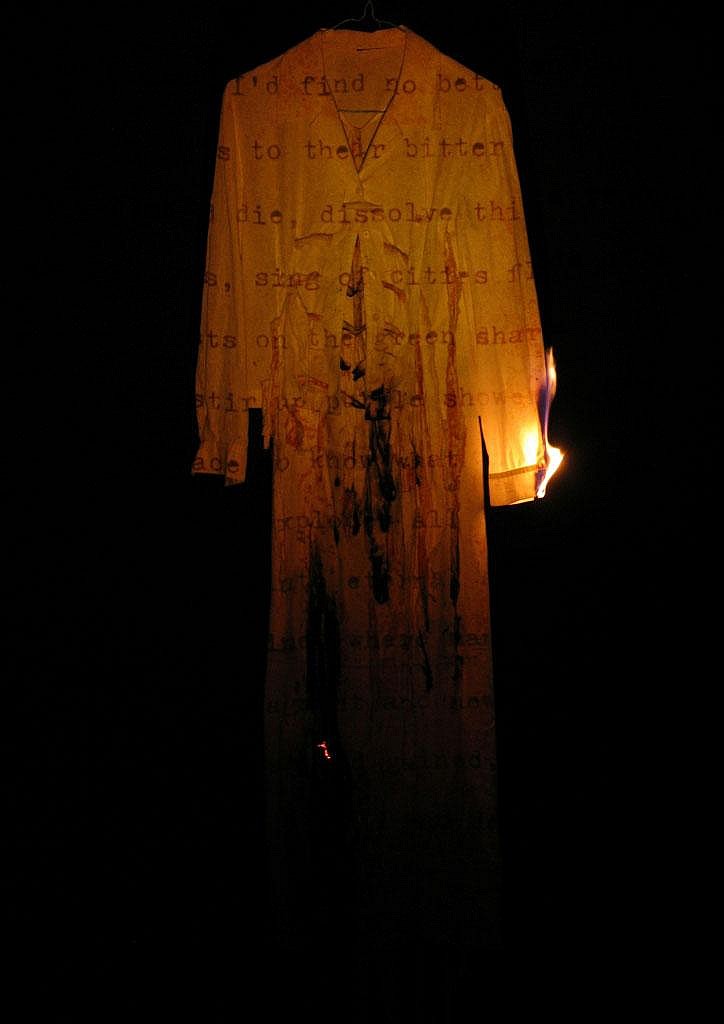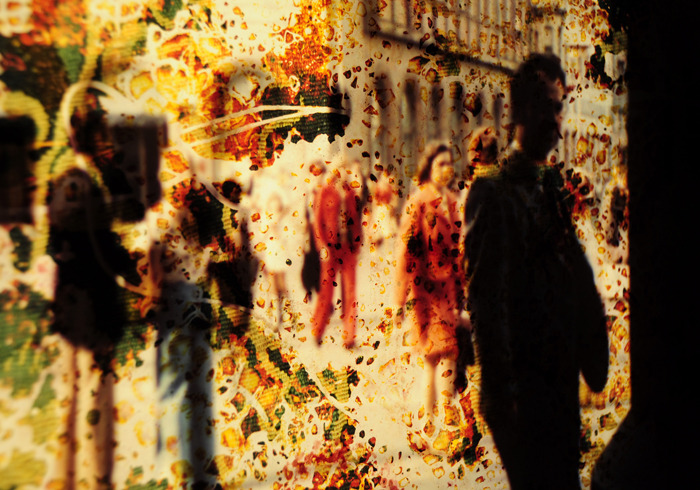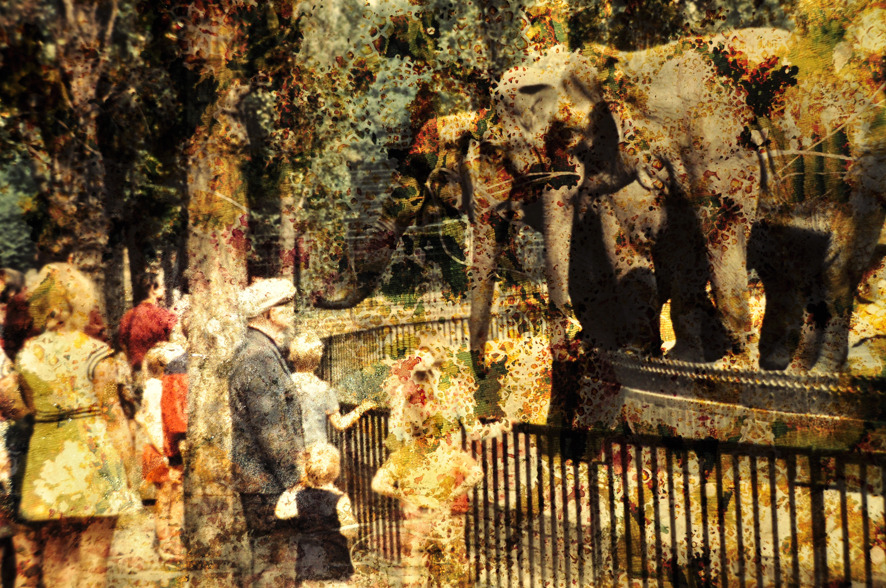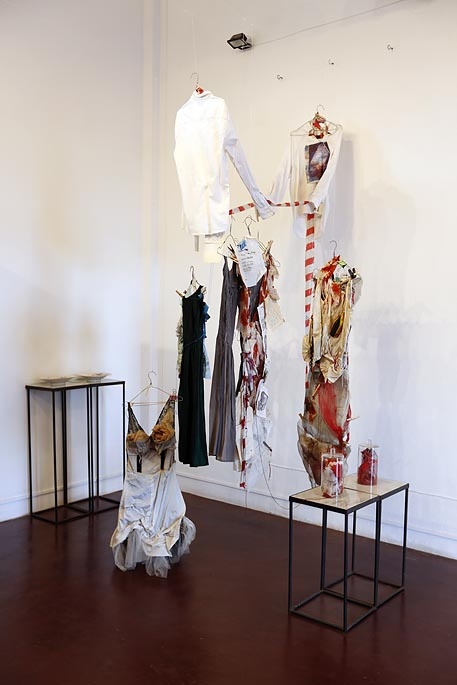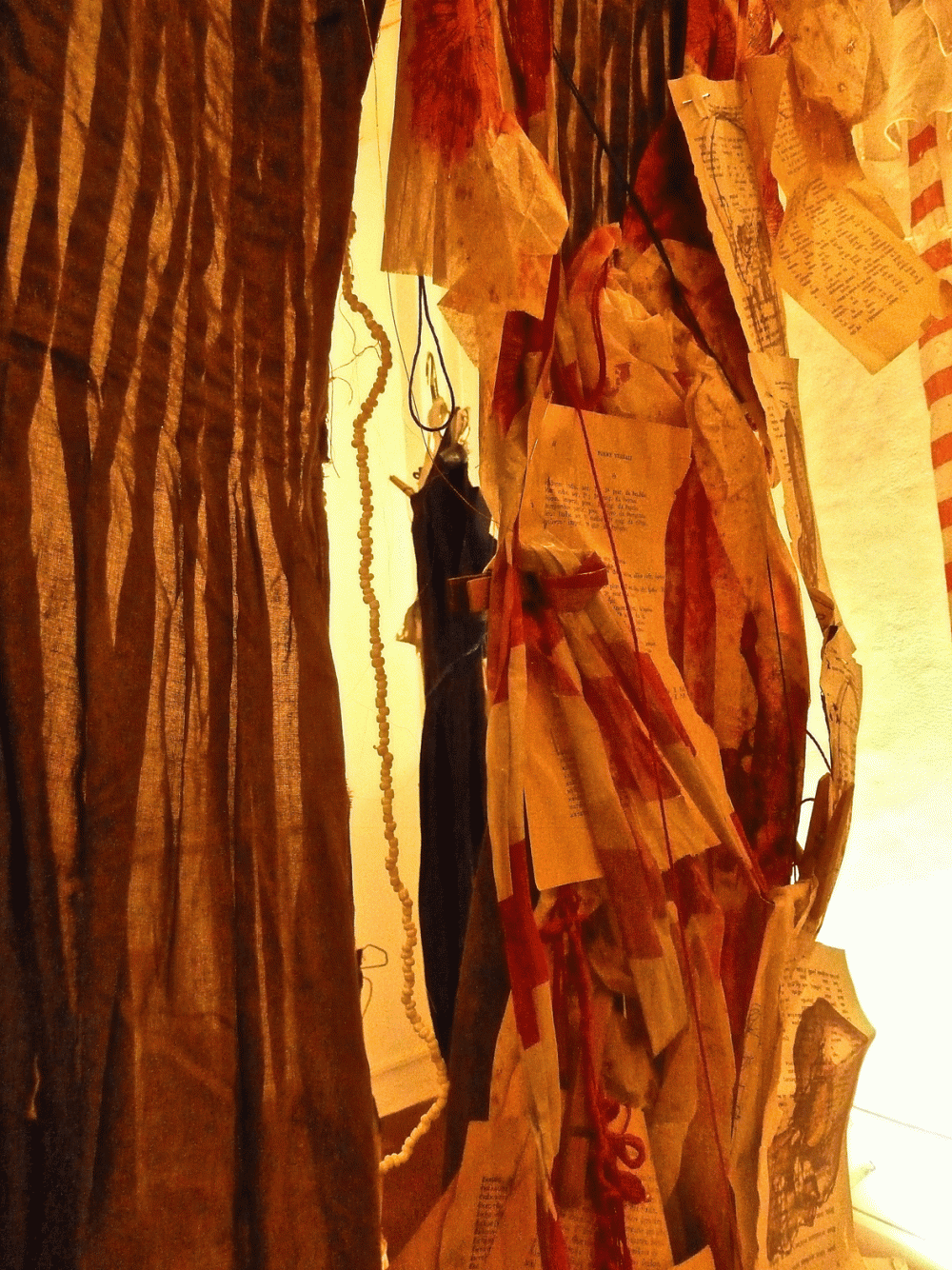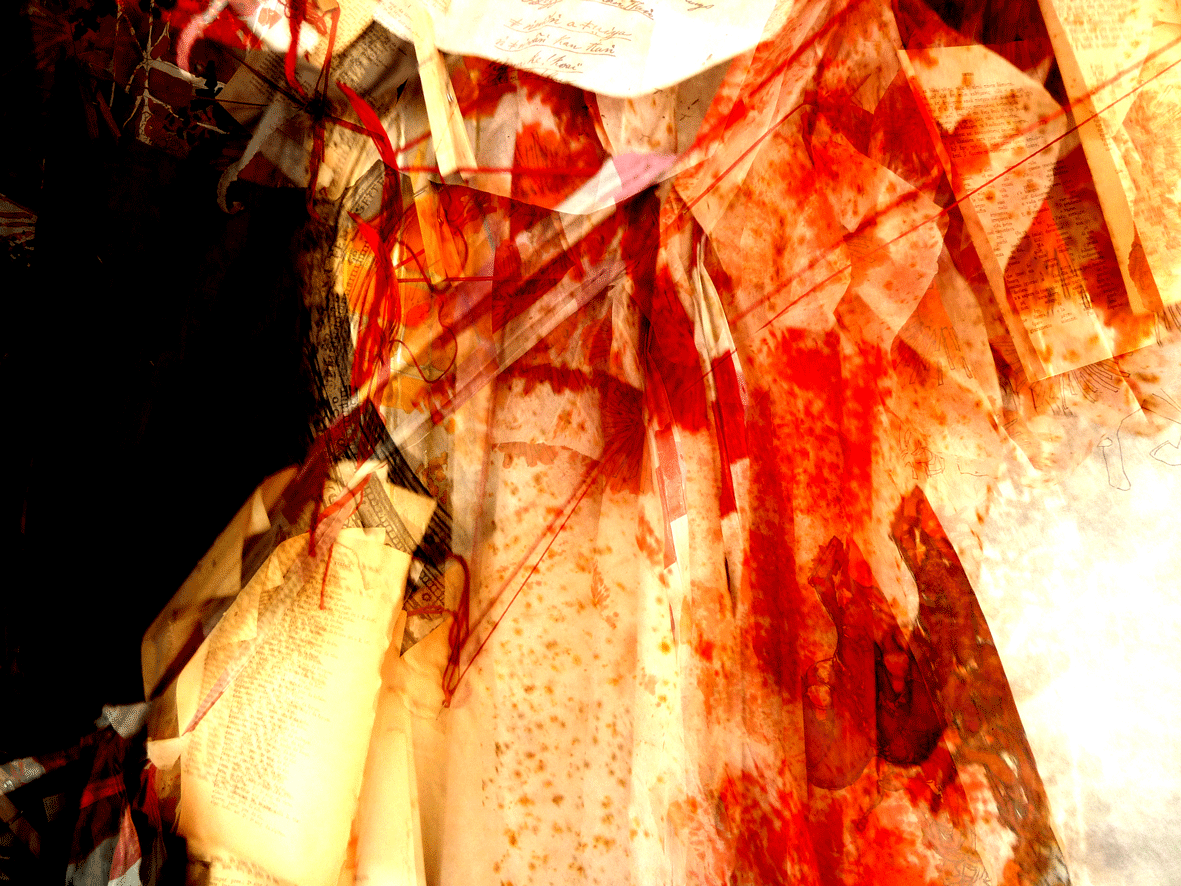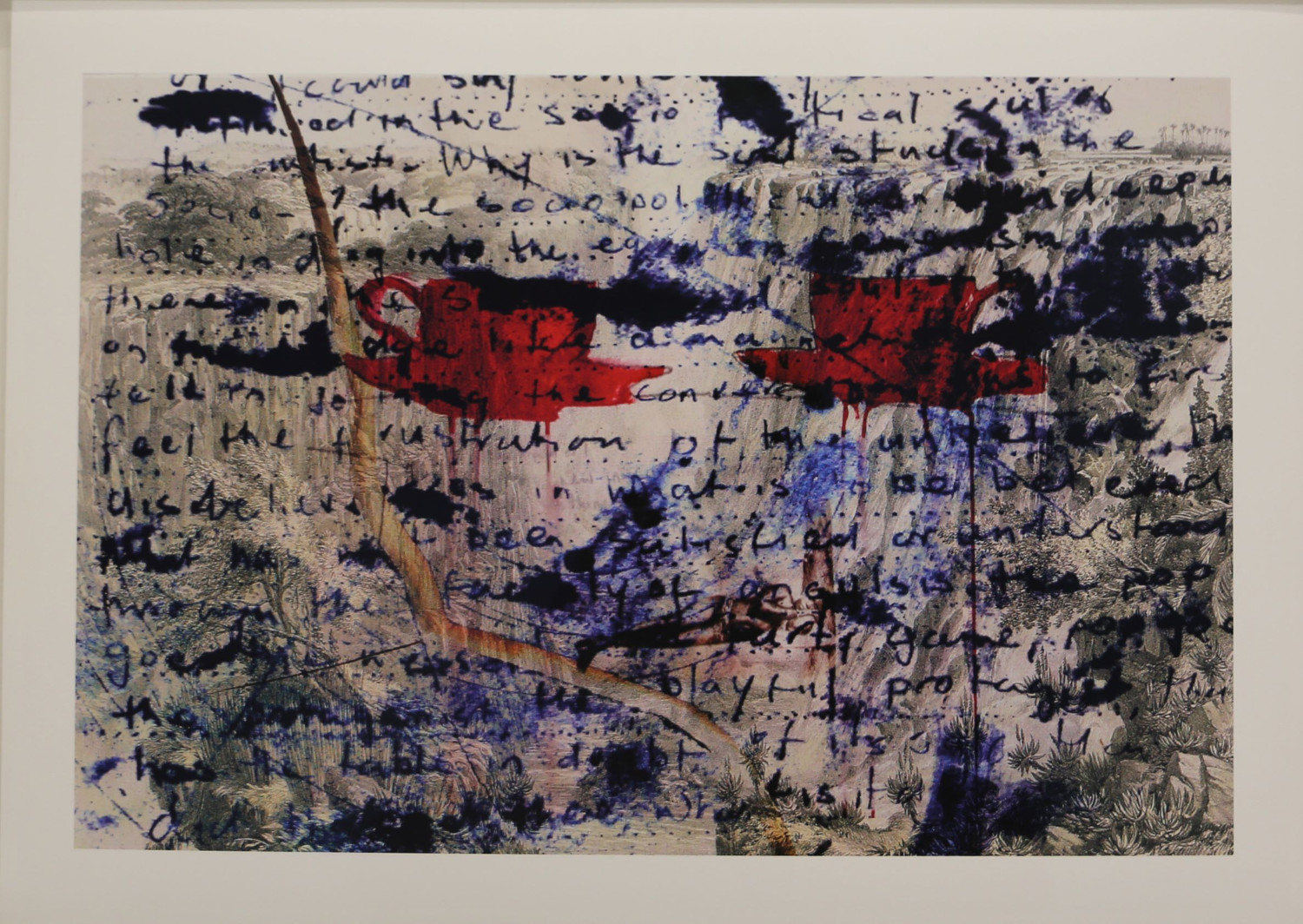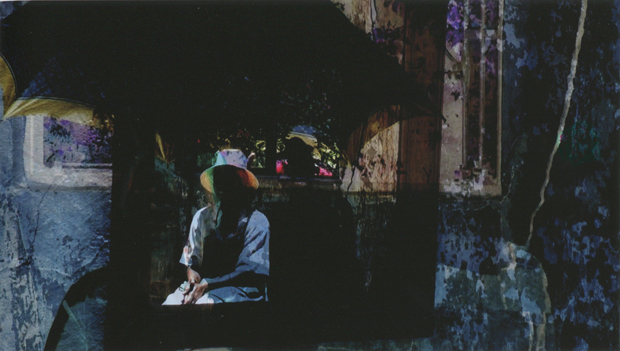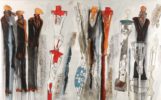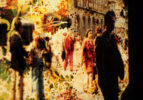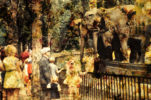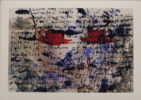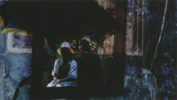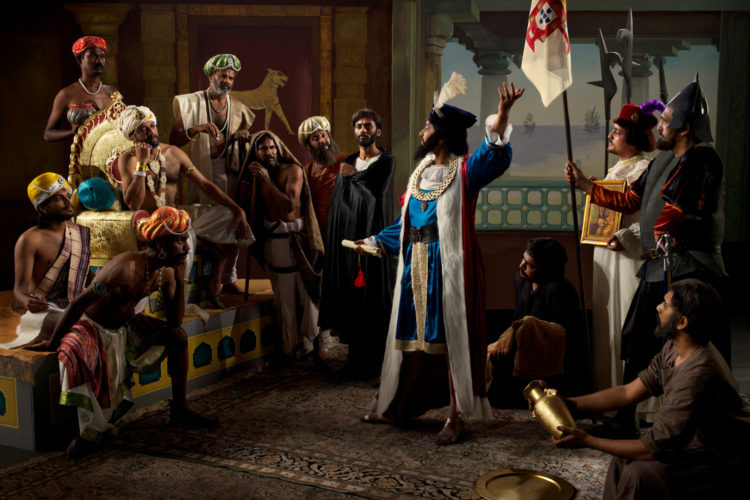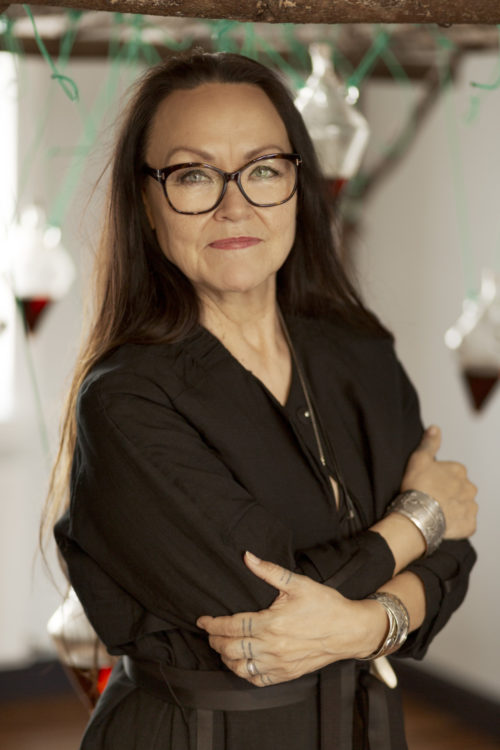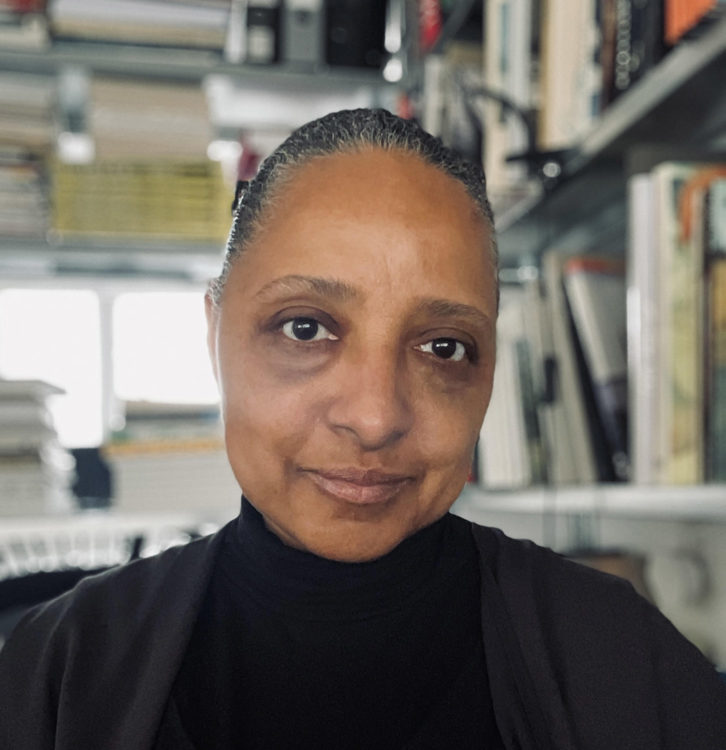Berry Bickle
Teicher Gaël, Berry Bickle, Montreuil, éditions de l’œil, 2008
Berry Bickle, Suite Europa, Galerie Peter Herrmann, Berlin, 9 October – 13 November 2011
Zimbabwean visual artist.
Interested in painting and ceramics, Berry Bickle studied art, first at the Durban Institute of Technology and then at Rhodes University in Grahamstown, South Africa, before beginning to make installations. Her work uses postcolonial theory to explore the history of Zimbabwe, in line with postcolonial research developed primarily in Anglo-Saxon countries since the 1990s. The artist – a white woman in an African region where the relationships between blacks and whites are fuelled by violence – draws from the past to inform the present. Letters from Portuguese navigators stranded on African coasts in the 15th and 16th centuries are important material in her work. She transcribes the content of these travel journals and disperses it across different supports recurring in her practice: cards, old parchment and found objects with which she creates collages. Sensitive to the recycling of objects and the links between history and memory, as indicated by the title of her exhibition Rewrites (Maputo, 2001), she explores the culture of a country at the crossroads between Africa, Europe and India, and often uses the earth as a symbol and as evidence of droughts, war and exodus.
For Sarungano (2000) – a term that means both the storyteller and the story in Shona, the most widely spoken language in Zimbabwe – the artist suspended everyday objects covered or filled with sand and salt on a panel several metres long as a homage to missing people (in Zimbabwe, salt evokes suffering, whereas sand, in reconnecting with the earth, represents liberation from earthly suffering). Coupled with her utensils (spoons, cups and so on) are fragments of William Shakespeare’s Sonnet 66, “Tired with all these for restful death I cry”, denouncing the moral and social injustices of the world. Transposed in a Zimbabwean context where it is taught to children, this sonnet transforms into a homage to generations of young Africans in the holds of their country’s tumultuous history. For the travelling exhibition Africa Remix (2004–2006), the artist exhibited five photographs of elephant foetuses from the Museum of Natural History in Maputo, Mozambique conserved in formaldehyde since the First World War when the occupying Portuguese killed more than two thousand animals for an unrealised agricultural project. The idea of this work, titled Swimmer, was born “from the tragedies generated by preconceived ideas about Africa and colonialism,” according to the artist. For her, “Swimmer is a balance between the miracle of life and power inequality.”
© Éditions des femmes – Antoinette Fouque, 2013
© Archives of Women Artists, Research and Exhibitions, 2020



